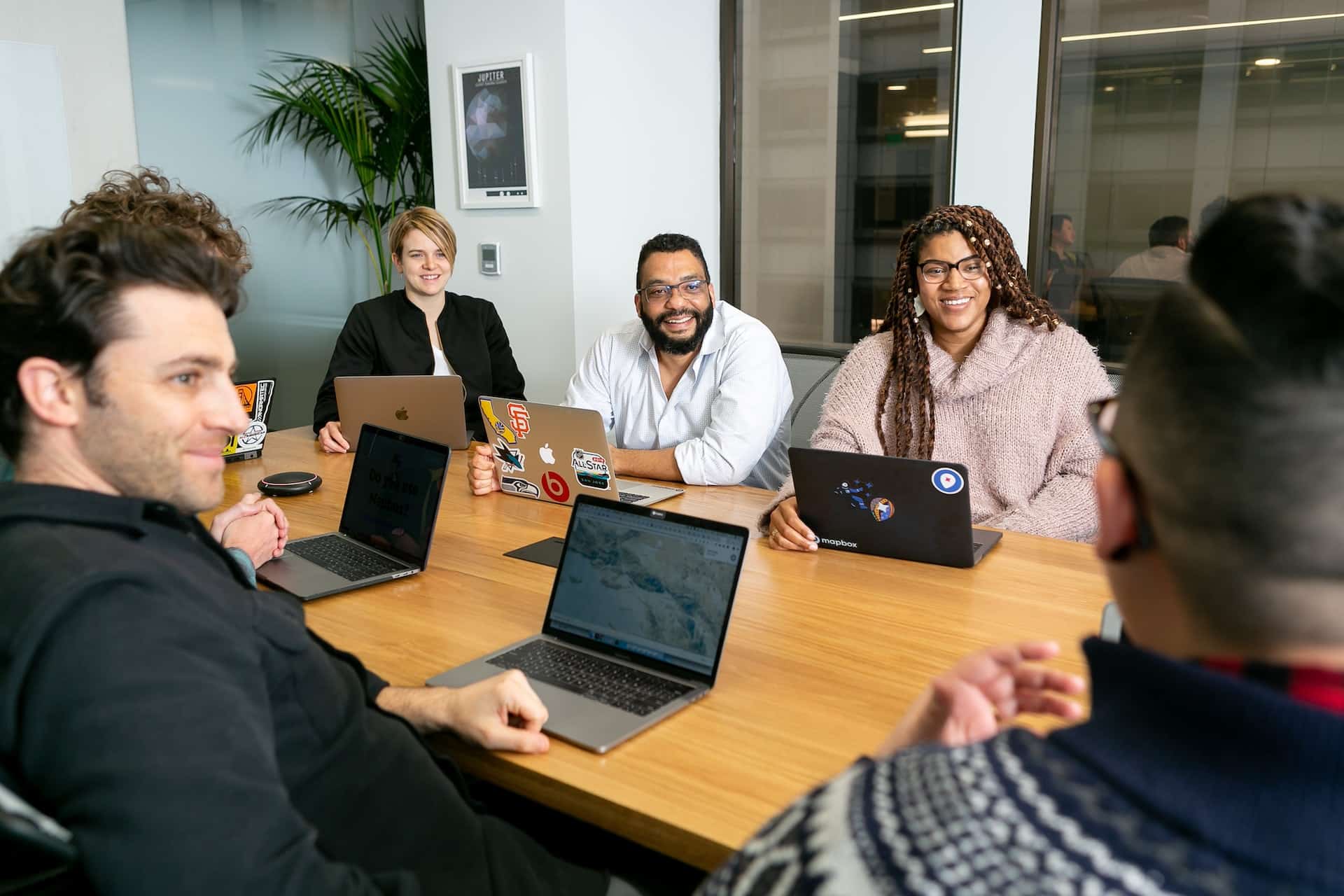At the end of the day, we all know that ineffective meetings derail productivity. And this applies during meetings and afterwards.
Employers, employees, and clients can waste so much time mentally recovering from a “bad” meeting.
Therefore, we have compiled a list of ways to make client meetings more productive and efficient. Let’s dive in.
Table of Contents
Ensure Timeliness
Quite frequently, much time is wasted even before a client meeting has commenced.
Inefficient visitor sign-in procedures and troubles with finding the meeting location derail a meeting from the beginning. These issues create a stressed setting in which the meeting is built.
A visitor management system is a great way to counteract these problems. An efficient system such as this allows for quick sign-in. And less time is wasted with your clients running around trying to find the right room within the building.
A visitor management system also sets a professional tone from the start.
Prepare Adequately
Meeting preparation is the key. You’ll waste your client’s time, look unprofessional, and portray that your client is not your priority without adequate preparation.
Prepare your meeting agenda with a list of key points and objectives. Some bullet points with strict time allocation for each topic are the way to go. This strategy keeps your meeting focused and on track. An agenda also allows you to anticipate potential questions that may arise.
And don’t forget to share this agenda with your clients and your employees at least a few hours before the meeting. This allows time and space for reviews, suggestions, and changes to be made if necessary.
Also, make sure to have all necessary documents drafted in advance with copies for everyone.
Keep Attendees Engaged
It is also vital to keep all attendees engaged. Scheduling the meeting far in advance at the ideal time of day and setting ground rules helps with this endeavor.
According to American Express, the best time of the day for a meeting is 3 p.m. This time is perfect for maximum engagement and relaxed problem-solving.
Useful ground rules could be laptops and phones being absent and off the table. These devices can be distracting for the person using the device, as well as the meeting members around them.
It’s also useful to clarify when it’s appropriate to interrupt and how you, the meeting leader or host, would prefer individuals to interrupt.
Have Specified Roles
A meeting host with good leadership qualities ensures all voices are heard. They can give direction to a meeting, preventing straying off topic too much.
A good leader is also very specific about who they invite. It’s not advisable to hold a meeting with a large number of people. The bigger the client meeting, the less productive it tends to be.
It’s also wise to let everyone know precisely why they have been chosen to attend this meeting.
What are their specific roles? What are they expected to contribute?
Provide Psychological Safety
Another way to make client meetings more productive and efficient is to create a space in which participants feel comfortable. Participants should feel they can share differing opinions and out-of-the-box ideas safely. This includes any employees who attend the meeting.
As a leader, you can provide psychological safety by broaching controversial topics yourself. Lead by example and offer an unusual perspective to show that it won’t be career-ending.
Encourage everyone to participate and listen actively when they share their opinions. You want to show each individual you’ve invited that their opinion is important and valuable.
Prompting a deeper discussion when someone shares also build trust. Ask clarifying questions and encourage elaboration.
End with an Action Plan
You should have an action plan, a collection of ideas, detailed steps forward, and assigned roles by the conclusion of your meeting.
Push for a decision. It’s important to ensure everyone is on the same page by the time they leave the room. In this way, employees can get started immediately with their work, and the client will have a clear view of what to expect.
The best way to do this is by summarizing, clearly defining takeaways, and encouraging questions at the end of the meeting. Be clear about responsibilities and timescales for each person and task.
And always share meeting notes with everyone involved within a short period after your meeting has concluded.
Gather Post-Meeting Feedback and Reflection
Finally, gathering feedback is of the ways to maximize team effectiveness and make a client meeting more productive and efficient.
Perhaps send all participants a feedback and reflection form to fill out. Ask everyone (and reflect on yourself) about strengths and areas of improvement.
Were the results of the meeting valuable? Did you include the right people? Were the purpose and agenda clear? Was contribution easy? Was the meeting have the right cadence? What could be adjusted?
These are just a few crucial points of reflection that promote continuous improvement. Your goal should be to establish an ongoing dialogue and focus on progress rather than perfection.










